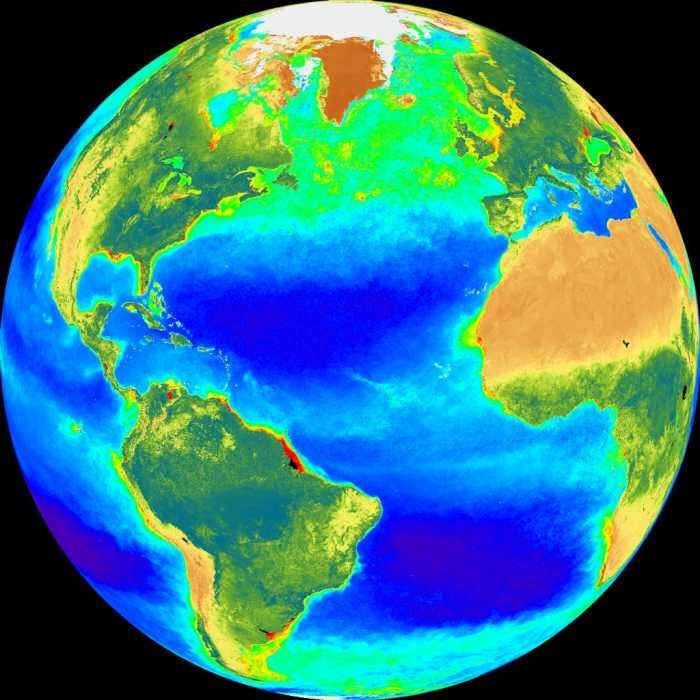Our galaxy, the Milky Way, holds 100 to 400 billion stars. One of those stars, our sun, has eight planets orbiting it. One of those, planet Earth, has a biosphere, a complex web of life, at its surface. The thickness of this layer is about twenty kilometres (twelve miles). This layer, our biosphere, is the only place where we know life exists. We humans emerged and evolved within the biosphere. Our economies, societies, and cultures are part of it. It is our home. The complex adaptive interplay between living organisms, the climate, and broader Earth system processes has evolved into a resilient biosphere. The biosphere has existed for about 3.5 billion years. Modern humans (Homo sapiens) have effectively been around in the biosphere for some 250 000 years.
Volodymyr Vernadsky (1863-1945)
The concept of the biosphere was initially proposed in the early twentieth century by the Russian mineralogist and biogeologist Vladimir Vernadsky. He propounded the idea that it was not just the mass of living things on Earth, but the combination of that mass with the air, water and soil that sustain organic life, and that the Sun’s energy largely powers it. More than the sum of its parts, the biosphere interlinks and overlaps with other spheres of the Earth, (atmosphere, hydrosphere, geosphere, cryosphere) while having its own dynamics and emergent properties. Vernadsky’s concept of the Earth illuminates the difference between an inanimate, mineralogical view of Earth’s history, and an endlessly dynamic picture of Earth as the domain and product of life. According to Vernadsky, the Biosphere is not only “the face of the Earth”, but is the global dynamic system transforming our planet since the beginning of biogeological time.
The biosphere contains life-supporting ecosystems supplying essential ecosystem services that underpin human well being and socioeconomic development. For example, the biosphere strongly influences the chemical and physical compositions of the atmosphere, and biodiversity contributes through its influence in generating and maintaining soils, controlling pests, pollinating food crops, and participating in biogeochemical cycles. (see ecology)
Because of the political barriers of the postwar “iron curtain”, even James Lovelock remained unaware of Vernadsky’s work as he developed his theory. (see Gaia)
In 1926, Vernadsky acknowledged the increasing impact of mankind: “The direction in which the processes of evolution must proceed, namely towards increasing consciousness and thought, and forms having greater and greater influence on their surroundings.” Teilhard de Chardin and Vernadsky used the term ‘noösphere’ — the‘world of thought’ — to mark the growing role of human brain-power in shaping its own future and environment.

